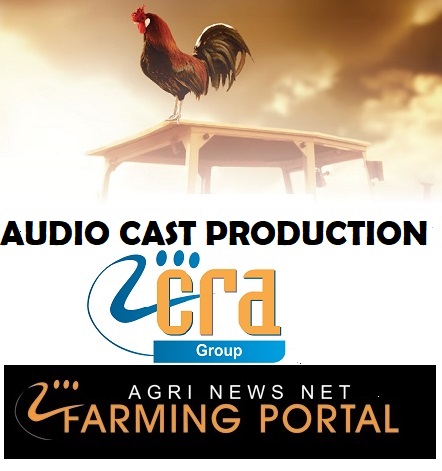Last August, Zack Smith welcomed a group of farmers, agricultural researchers, and investors to his mid-sized farm just south of the Iowa-Minnesota border for a field day.
It was warm out, shorts weather, and around 35 people sat on straw bales listening as the young, fifth-generation farmer—who has gained a devoted audience through Twitter and YouTube and welcomes curious visitors to his farm every year—spoke about a critical turning point in his thinking.
The shift took place nearly three years ago as Smith—who was working off the farm for a fertilizer company at the time—was talking with the Minnesota-based farmer Sheldon Stevermer. “Corn was $2.75, beans were $7.25. We’re small farmers who don’t have a lot of acres. [We were asking ourselves,] ‘Is it worth staying in business?’” Smith recalls. The two were exchanging ideas and Stevermer asked a third farmer, Lance Petersen, what he thought. “He bounced it off Lance and he said, ‘What about putting a pen of sheep in between the rows?’”
The hope isn’t just to build a new type of farm equipment—it’s to help farmers build soil health, cut down on water pollution, and usher in a new approach to farming in the Corn Belt.
Stevermer has an engineering background and he and Smith decided to run with Peterson’s idea. They got to work designing a farming system that involved growing alternating rows of corn and strips of pasture that were wide enough to move a mobile barn through. The plants in those rows also get exposed to more sunlight than a standard canopy of corn or soy, resulting in higher yields per plant. They called the result—a solar-powered barn that separately housed eight sheep in the front, 10 hogs in the middle, and a 125 chickens in a trailing chicken tractor—the ClusterCluck 5,000. They coined the term “stock cropping” for the larger idea to have, as Smith puts it, “plants feeding animals, and animals feeding plants.”
 Artificial intelligence in South Africa comes with special dilemmas – plus the usual risks
Artificial intelligence in South Africa comes with special dilemmas – plus the usual risks
Since then, Smith has dedicated 5 acres on a plot of land Smith rents to trialing the stock-cropper system. And he has worked with Illinois-based Dawn Equipment to design a second, much lighter and more nimble iteration of the barn: The ClusterCluck Nano runs on solar energy and can be moved with a phone app. Now, Smith and Dawn Equipment CEO Joe Bassett are working on a third iteration and actively pursuing outside investment.
The hope, says Smith, isn’t just to build a new type of farm equipment—it’s to help farmers build soil health, cut down on water pollution, and usher in a new approach to farming in the Corn Belt.
Iowa is famously home to more hogs—25 million—than people, and a sizable number of concentrated animal feeding operations, or CAFOs. As a result, massive quantities of manure get spread on the same farmland repeatedly, typically during the cold months when there are no roots in the soil to absorb it. That often leads to nutrient pollution in the waterways (and dead zones in places like the Chesapeake Bay and the Gulf of Mexico).
Stock cropping, on the other hand, involves rotating crops with pasture strips so that a smaller numbers of animals leave behind just enough nutrients on the land to help corn grow there the following season—replacing the expensive, leaky fertilizer systems used by most commodity farmers. Meanwhile, the animals themselves live in less confined spaces, eating the plants and insects in the pasture strips. Smith has calculated that if there were 1.4 million ClusterCluck Nanos operating on about 1.9 million acres of forage strips within 15 of Iowa’s 99 counties full time, they could theoretically replace that state’s CAFOs.
















